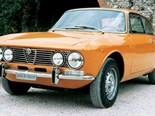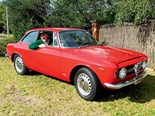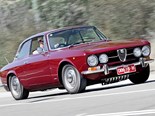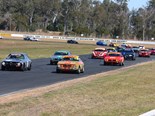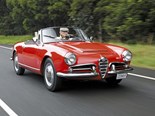Alfa Romeo 105 Series: Buyer's Guide
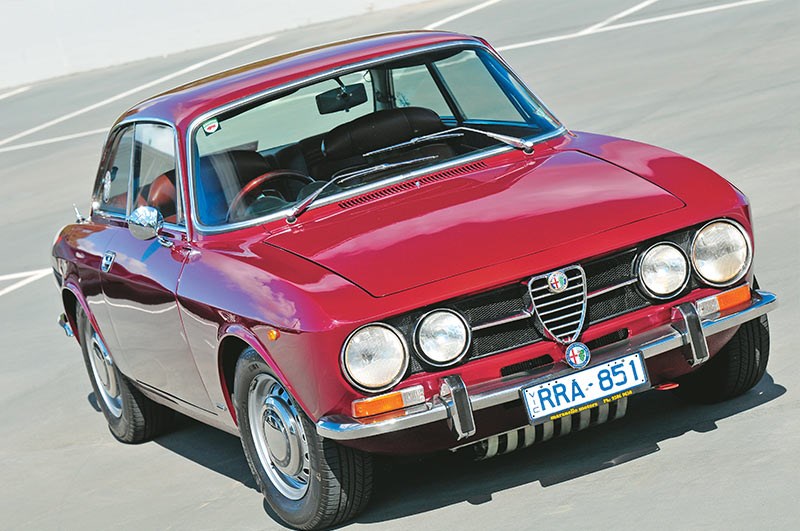



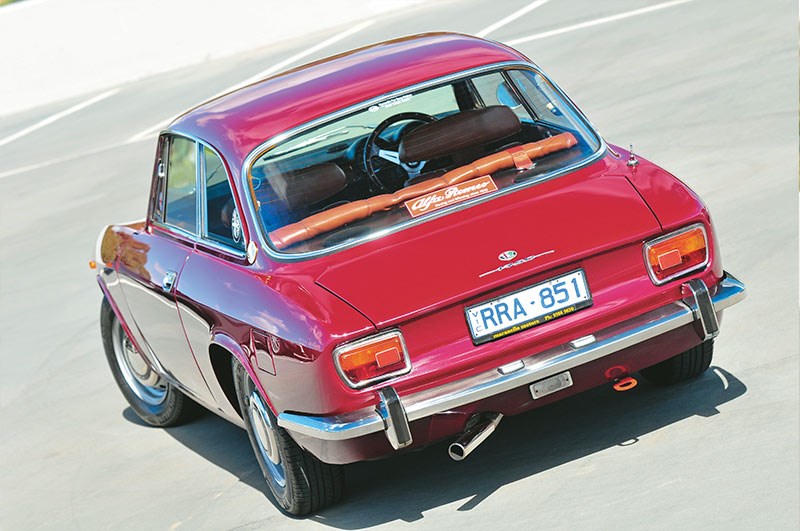

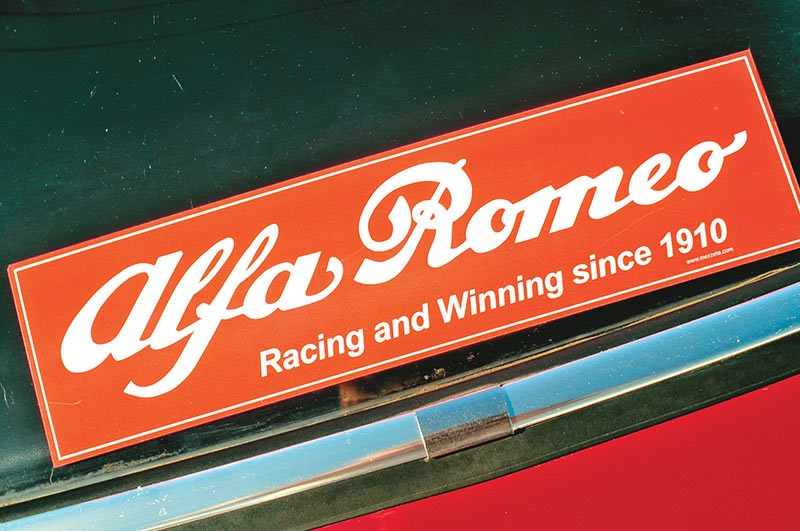



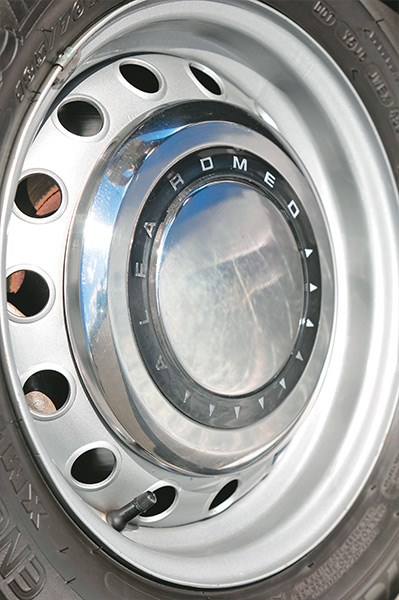

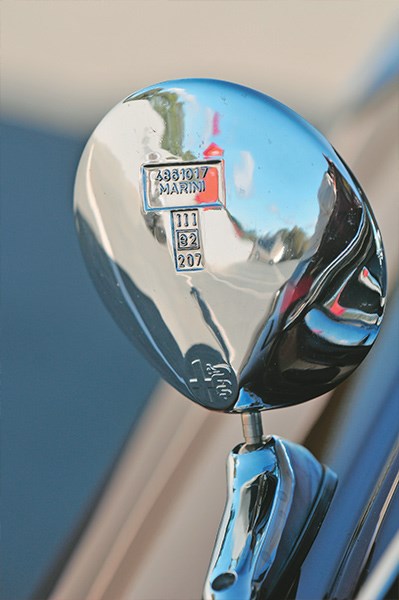



.jpg)
.jpg)
.jpg)
.jpg)
.jpg)
.jpg)
.jpg)
.jpg)

|

|

|

|

|

|

|

|
.jpg)
|
.jpg)
|
.jpg)
|
.jpg)
|
The 105 series Alfa Romeo coupe makes a stylish cruiser and quick racer - and these days they're getting even more popular
From Unique Cars issue #310, April 2010
Alfa Romeo 105 Series 1963-77
Before 1965, Australians had little idea of what an Alfa Romeo even was. The brand had been founded in 1910 but only a handful reached our roads before NSW agent Alec Mildren and Melbourne-based MW Motors began making strenuous efforts to put Alfa on the local map.
One of the quick but boxy 1600 Ti sedans had already won a six-hour race at Sandown Raceway, then Mildren imported a rapid 1600 GTA for Kevin Bartlett to drive in Touring Car Championship events and began entering 1600 GTV coupes in the Bathurst 500.
Bartlett couldn’t match the power of the ATCC V8s but still finished third in the 1966 title. At Bathurst in ’67, and up against a field of new XR Falcon GTs, two GTV Alfas driven by Doug Chivas/Max Stewart, Bartlett/Laurie Stewart finished third and fourth and on the same lap as the front-running GTs. Suddenly, everyone knew what an Alfa Romeo was.
The Giulia 1600 GT coupe appeared in 1963, with styling by Giorgio Giugiaro who had commenced his career with Bertone just three years earlier.Its twin-camshaft 1570cc engine was highly advanced for its time, revved freely and produced 93kW. Also appealing to enthusiast owners were the five-speed gearbox, all-wheel disc brakes and grippy Pirelli radials.

The 1.6-litre cars made way in late 1967 for a restyled and more powerful 1750 GTV model. Although its 1779cc engine was more suited to an ‘1800’ designation, the temptation to reincarnate a famous Alfa emblem from the ’30s was too strong to resist.
The 1750 looked more substantial than the 1.6-litre cars but changes were restricted to reshaped wheel arches, a new nose panel and grille incorporating driving lights, and wider 14-inch wheels replacing the 15-inch rims of earlier cars.
At $5295 in 1968, the 1750 GTV was only $300 more than the 1600 but still expensive enough to attract trendsetters who equated cost with exclusivity.
With 99.4kW from its double overhead-cam engine, the 1750 GTV delivered enough performance to keep all but the most potent V8s at bay. Top speed was 185km/h and 0-100km/h came up in 10.6 seconds.
Stepping through the huge door apertures revealed well-shaped seats with adjustable backrests, woodgrain dash trim, a full complement of instruments and details like the boot release lever mounted in the door pillar.
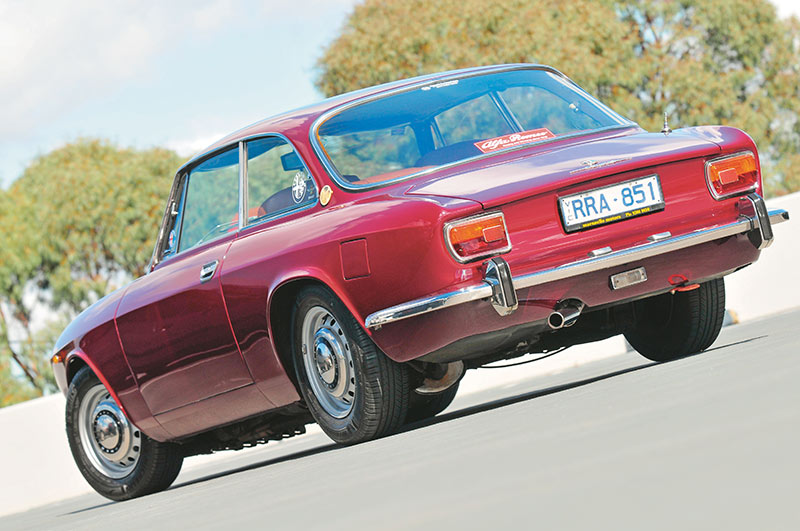
The ultimate 2000 GTV variation arrived in 1971, with 112kW and 22 percent more torque than the original 1600 GT. Accompanying the performance boost were bigger brakes, a limited-slip differential as standard, and interior changes that eliminated some of the attractive timber veneer.
Introduced in 1965 and surviving for 12 years, the 1300 GT Junior was a ‘tax cheat’ model that sold more than 90,000 units – mostly in Europe. These retained the GTV single headlamp front-end and, in 1967, introduced rounded wheel arches that would be adopted by the 1750/2000 cars.
From 1972, a 1.6-litre version of the Junior was built and became popular with Australian buyers.
ALFA 105 ON THE ROAD
Motoring writers over the years have criticised Alfa driving positions, but you’d need to be oddly shaped to be really uncomfortable in a 105 Series.
Selecting first gear while wearing the original (non inertia-reel) seatbelt is a bit of a stretch, though. The factory steering wheel might feel large but there’s a fair chunk of weight over the front wheels and the leverage the big wood-rim gives is useful in low-speed situations.
Go faster, and the coil-sprung chassis delivers constant data via the wheel and seat of your pants. Tied down with a set of modern shock absorbers and rolling on quality rubber, GTVs have a lot of grip and are extremely hard to unstick.
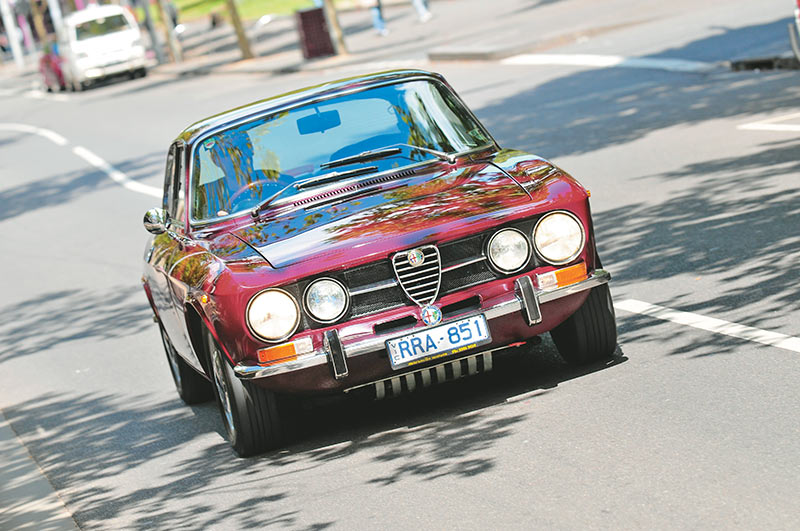
With up to 56 percent of their weight ahead of the ‘B’ pillar, 105s lose grip at the front-end first but give adequate warning to all but the most idiotic. Stiffened suspension will mute the understeer and get the tail moving, allowing the car to be hustled enjoyably through sweeping bends.
Early cars struggled a bit to generate decent off-the-line acceleration times; the 1600 GTV’s 0-60mph (0-96km/h) figure of 12.2 seconds level pegging an MGB. The 1750 model slashed 1.5 seconds off that time, with 2.0-litre cars almost a second faster again.
With the five-speed gearbox allowing 100km/h cruising at less than 3000rpm, highway fuel consumption gets close to 10L/100km and with city kays thrown in, averages around 13L/100km.
Four-wheel disc brakes were pretty much essential equipment for sporty Italian cars of the GTV’s era. Even boxy sedans like the Fiat 125 and Alfa’s own 1600 and 1750 four-doors had them.
With only 1060kg to manage, the power-assisted discs fitted to GTVs were beyond reproach. Testers at US Road & Track magazine managed to stop a 2000 from 96km/h in 48 metres and recorded no fade at all after five 0.5g stops in quick succession from that speed.
These cars will accommodate rear seat passengers for short distances, but the only people likely to be comfortable in the back of a GTV over an extended distance will be doing it via a kiddie seat.
HOW MUCH?
105 Series coupes were built in substantial numbers and became very popular with Australian buyers, so there’s no shortage of cars to choose from.
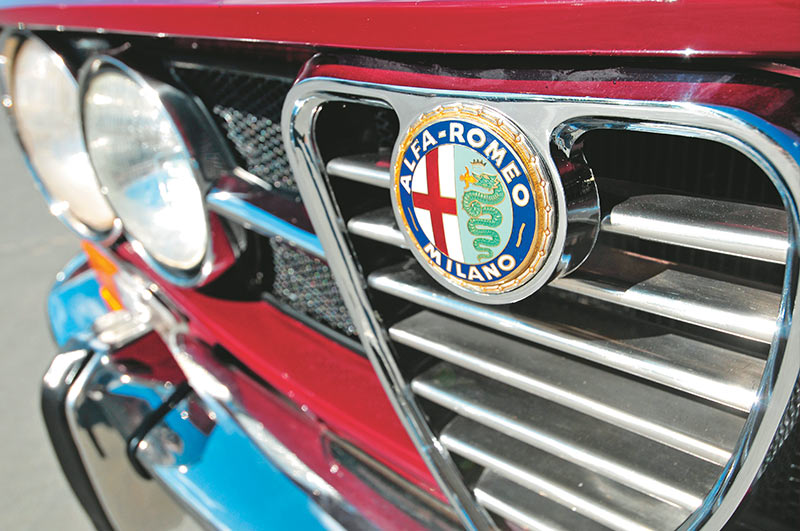
Rust was, however, endemic and killed many 105s within 20 years of being built. Those that survived in usable condition will frequently have undergone at least some restoration.
Hasty, low-cost patching and repainting can cause more harm than it cures and cars that have been ‘bodged’ are less valuable and desirable than those with their body flaws basically untouched.
Those that have enjoyed a recent and thorough de-rusting can cost $20,000. A complete restoration including retrimming in correct materials, mechanical overhaul and refurbishing of under bonnet accessories will add $10-15,000 to that value. Very early Giulia GTs in excellent order are hard to find and slightly more expensive than a 1750 or 2000.
Junior values generally sit 10-15 percent below those 1750/2000 cars of comparable condition.
GTV owner Marco Leoncelli suggests that anyone interested in owning one of these cars doesn’t dally too long.
"Interest in 105 Series is growing and the prices being paid for good quality cars are going up," he warns. "Even if the car you pick isn’t perfect there are lots of new and used parts still available.
"The most important thing if you need to get work done is to choose a specialist body shop or Alfa mechanic who really knows their way round these cars."
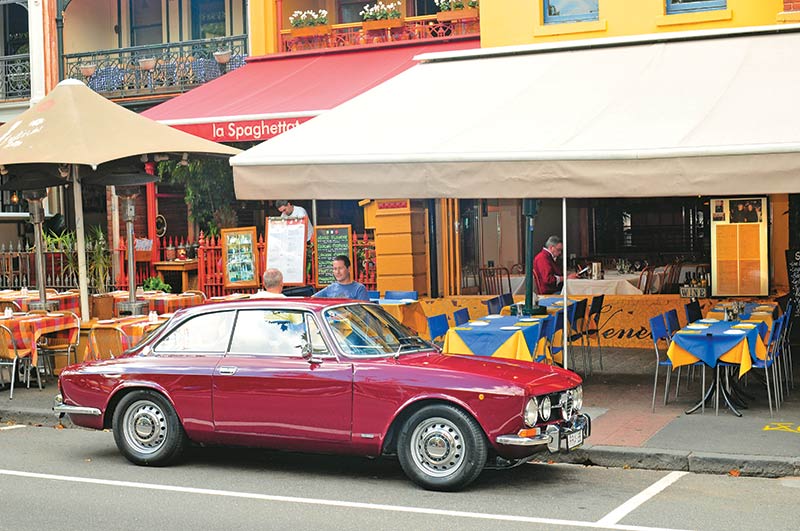
BUYER'S CHECKLIST
Body & Chassis
Cursory inspection is not enough to ensure you aren’t about to buy a rust ridden Alfa. Even cars that look superb and come with confirmation of huge money spent on body repairs can be deteriorating all over again unless diligent rust-proofing was undertaken. Check the base of the front door pillars, sills and window surrounds then move on to less crucial areas. Wolf Steel in Canada (the home of automotive corrosion) has a selection of repair sections including floor pans available but complete panels in rust-free condition are difficult to find. Bumpers on all but very early cars are three-piece stainless steel that defy rust but can be easily twisted. New lights and window glass are available, with complete taillamp units costing around $350 each.
Engine & Transmission
Alloy cylinder heads gave trouble even when new, so inspecting the dipstick for sludgy oil emulsion is vital. Oil leaks aren’t by themselves serious but can be symptoms of head gasket failure. Engine internals are relatively expensive; new parts including pistons, valves and camshafts adding up to more than $2000. Timing chains cost less than $150 but replacing the bottom chain is time consuming. Clutch operation after 1967 is hydraulic and new clutch cylinders are available overseas for around $200. Cars with floor-mounted and ‘pendant’ pedals use different cylinders. Driveline vibration can be caused by wear to the driveshaft centre bearing or rubber-mounted front coupling.

Suspension & Brakes
Worn shock absorbers, worn or seized suspension bushings, noise from the rear suspension locating arms, and vague steering response all typify a car in need of some maintenance. Virtually everything needed for a complete chassis overhaul is available from local Alfa specialists and a range of overseas suppliers. Reconditioning the brake booster will cost up to $500, so check for leakage by maintaining pressure on the pedal for at least 30 seconds with the engine at idle speed. Brake calipers are inexpensive to recondition (all four at less than $300) and new brake rotors cost less than $100 each.
Interior & Electrics
Reproduction seat vinyl in correct 105 Series patterns is available and local knowledge via your state Alfa Club branch will help find a trimmer experienced in these cars. Be wary if the dash top is warped. Replacement veneer kits are available from British-based Alfaholics; a full kit including dash and console panels currently quoted at $500 plus freight. Carpet sets from the same source also cost around $500. Aged wiring and corroded connections produce various problems so ensure all electrical components including the heater/fan, rear lights and wipers are working.

SPECIFICATIONS
ALFA ROMEO 105 SERIES (1963-77)
NUMBER BUILT: 36,782 (GT/GTV), 81,728 (1750/2000), 105,494 (Junior)
BODY: all-steel, integrated body/chassis, two-door coupe
ENGINE: 1.6, 1.75 or 2.0-litre in-line, four-cylinder with
double-overhead camshafts and twin-sidedraft carburettors (fuel injection on some US market models)
POWER/TORQUE: 112kW @ 5500rpm/207Nm @ 3500rpm (2000 GTV)
PERFORMANCE: 0-96km/h – 9.6 sec. 0-400 metres – 16.7 sec (2000 GTV)
TRANSMISSION: five-speed manual
SUSPENSION: Independent with upper and lower wishbones, coil springs, telescopic shock absorbers and anti-roll bar (f); live axle with trailing arms, coil springs and telescopic shock absorbers (r)
BRAKES: disc front & rear with vacuum assistance
TYRES: 165HR14 radial (2000 GTV)
PRICE RANGE: $3500-30,000
CONTACT: Alfa Romeo Owners Club of Australia. Website –
alfaclub.org.au
Unique Cars magazine Value Guides
Sell your car for free right here
Get your monthly fix of news, reviews and stories on the greatest cars and minds in the automotive world.
Subscribe

.jpg)




